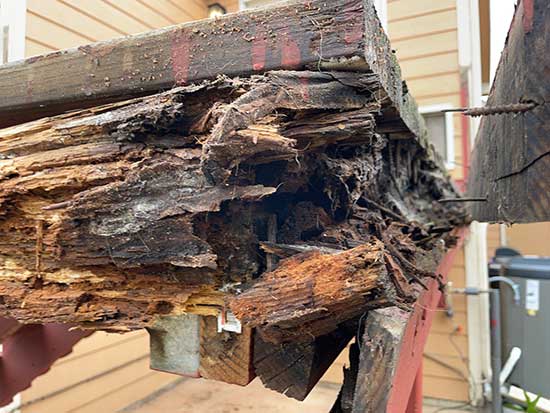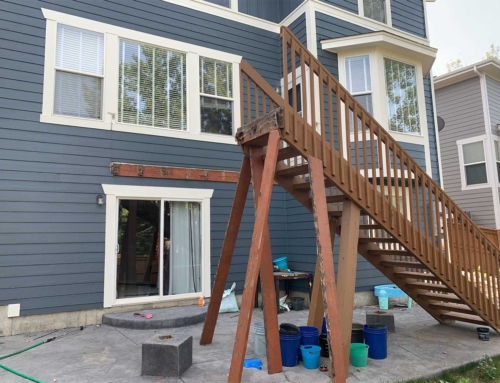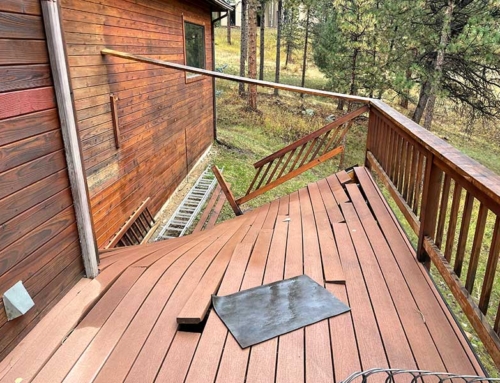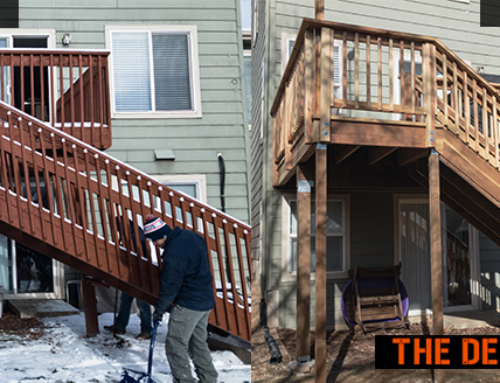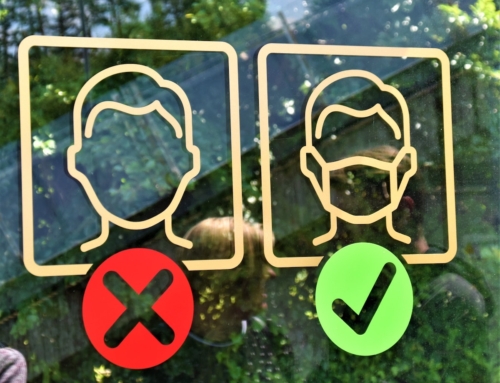We are often asked by homeowners, how to know if it’s time to replace a deck or if a portion can be saved. So, we developed this friendly guide on recognizing the signs that it’s time to bid farewell to your old deck. And what to look for when you embark on the exciting journey of creating a brand-new outdoor living space. Over time, decks can face wear and tear, usage, and other factors. Here in Denver, decks are especially affected by the weather. Denver’s rapidly fluctuating temperatures and increased UV exposure are just a couple of the culprits. But fear not! By keeping an eye out for certain indicators, you can determine when it’s time to invest in a new deck. A deck that will take your outdoor entertaining to the next level. A deck that will revitalize your family’s experience enjoying your home.
Here are key signs that your deck is starting to degrade.
1 – Structural Integrity
The first aspect to consider is the structural integrity of your deck. Take a walk around and inspect the following:
a) Sagging or Bouncy Feel. If you notice your deck sagging or feeling bouncy when you walk on it, it’s a clear sign of structural damage. Over time, wood will weaken. This is a result of rot, insect infestation, or decay, compromising the safety of your deck. Again, this is were the Denver weather plays a role. We have snow one day and water penetrates the deck. Then, it freezes, expands and causes a pocket in the wood. The next day is warm and the water escapes, leaving a cavity for the next round of moisture.
b) Solid connection to the house. Does the deck seem secured to the structure? Or, are there gaps and spaces?
c) Loose or Wobbly Railings. Secure railings are crucial for safety. If your deck’s railings are loose, wobbly, or show signs of deterioration, it’s time to address the issue promptly.
d) Support beams bending, cracking, or splintering. If you’re seeing posts bend or twist, it’s definitely time to have an expert inspect your deck.
2 – Cracked, Splintered, or Rotting Wood
Wood decks were really the only material option for many years. Unfortunately, wood degrades over time due to exposure to the elements. Keep an eye out for the following signs of wood deterioration:
a) Cracks and Splinters. If you notice many cracks or splinters on the deck surface. These can quickly become safety hazards and indicate the need for a replacement.
b) Rotting or Soft Wood. Soft, spongy, or rotting wood is a clear indication that the deck’s structural integrity has been compromised. Rot often occurs in areas prone to moisture, such as around the foundation or near planters. Be sure to do a thorough inspection when looking for rot. It like to hide in the dark, hard to reach locations.
3 – Stains, Fading, and Discoloration
The appearance of your deck is an essential aspect to consider. It’s natural for a deck to undergo some wear and weathering. Excessive staining, fading, and discoloration however can indicate the need for a makeover:
a) Persistent Stains. Stains that resist cleaning efforts may suggest that the wood has absorbed too much moisture or suffered damage over time.
b) Fading and Discoloration. A faded or discolored deck not only looks unappealing but can also be a sign of wood that may be prone to cracking or rot.
4 – Loose or Corroded Fasteners
Deck fasteners, such as nails, screws, and bolts, play a crucial role. After all, they secure the various components together. Over time, fasteners can loosen or corrode, compromising the stability of your deck. Pay attention to the following:
a) Loose Nails or Screws. If you notice nails or screws popping out or becoming loose, that’s a problem. It’s a sign that the wood has started to expand and contract due to weather changes, stressing the fasteners.
b) Corroded Fasteners. Corrosion on fasteners weakens their grip on the wood. An indicator of corrosion is discoloration on the wood itself.
Conclusion:
Your deck is a valuable outdoor space where you create lasting memories and enjoy moments of relaxation. It’s also an important financial component of your home.
By recognizing the signs that indicate your deck is starting to degrade, you can take proactive steps to ensure the safety, longevity, and beauty of your outdoor living area.
Remember to consider the structural integrity, wood condition, appearance, and fastener stability when assessing the need for a new deck. If you observe multiple signs or are unsure about the extent of the damage, consulting with a professional deck contractor can provide expert guidance. The Deck Company is more than happy to come on-site and offer a no-obligation assessment of your deck.
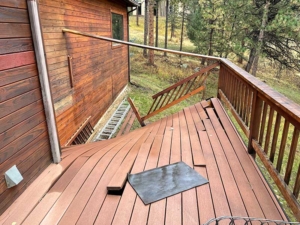
5 – Do They Stand Behind Their Work & the Product
There are some exceptions to the rule. You may get lucky and find a brand new deck contractor, who recently moved to Colorado who will do a great job. But, what is their experience in fixing issues and solving problems? Either their own or those caused by others. Do they have a strong relationship with the local manufacturer’s reps? Are they certified “Pro” by any of the industry-leading manufacturers? A certified Pro, the manufacturers verify the quality of your work to ensure it meets their exacting standards. That’s a good sign you’re getting the highest quality work available in the market. More than that, it means that if there are workmanship or material issues, you’ll be able to get the problem solved fast.
The Deck Company is proudly Certified Pro with the four premier composite manufacturers – Trex, Deckorators, Timbertech, and Fiberon.

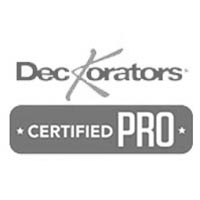

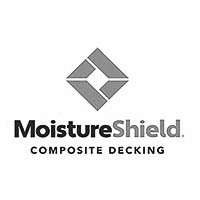
In conclusion.
At the end of the day, choosing the right deck contractor for your project can be a bit of a challenge. However, investing a little time and effort can help save you a lot of money and frustration down the road. We urge you to use our suggestions to help you find the right deck builder for your project.
Want a free estimate for your deck or outdoor living project? Contact The Deck Company today.
